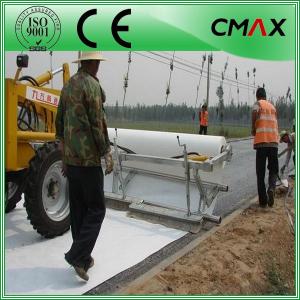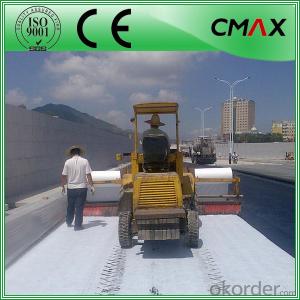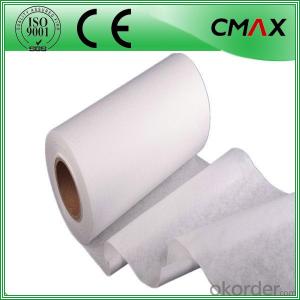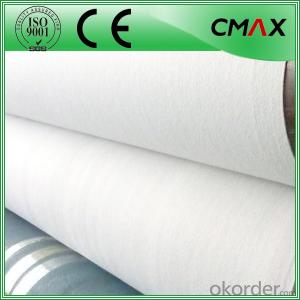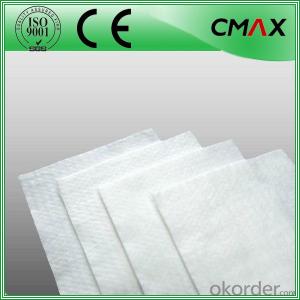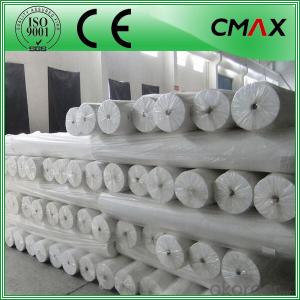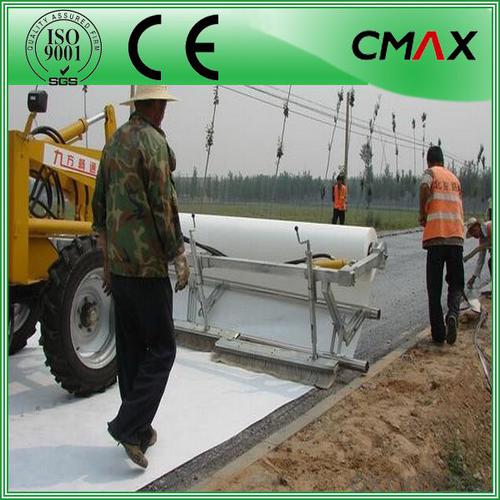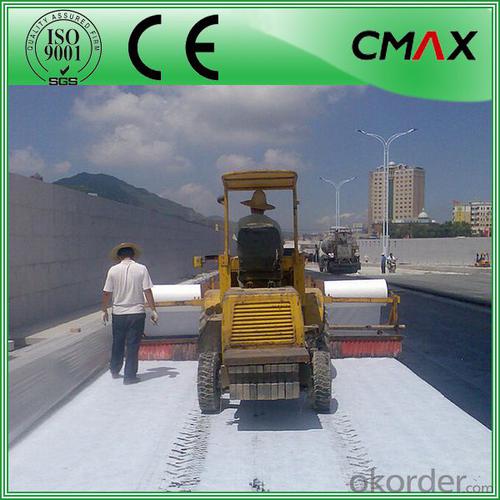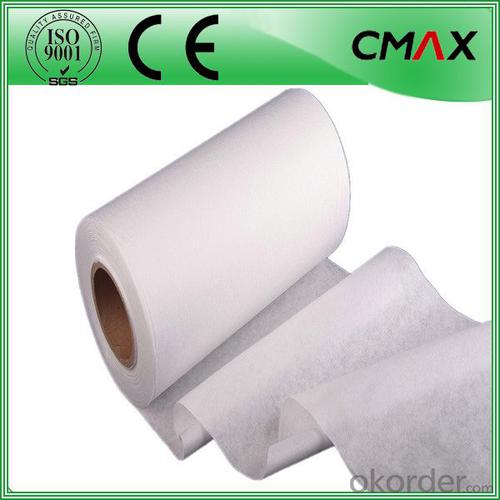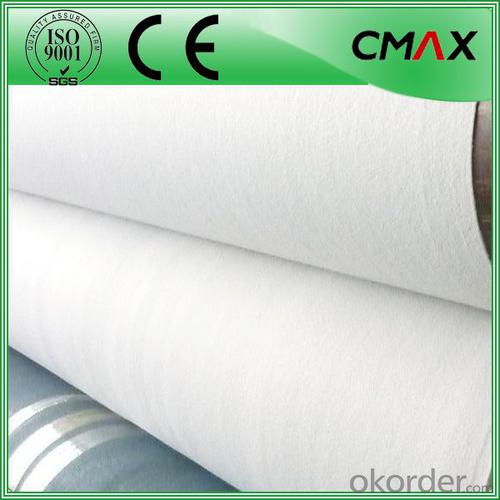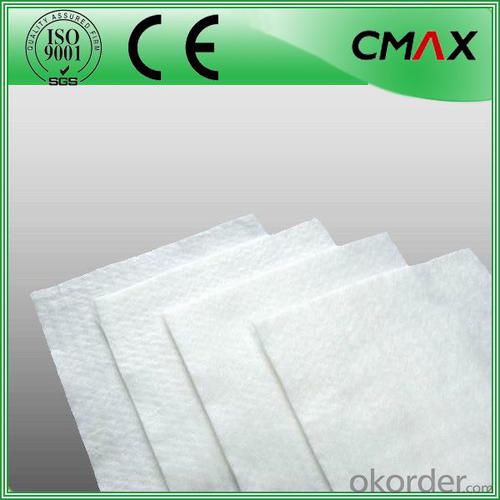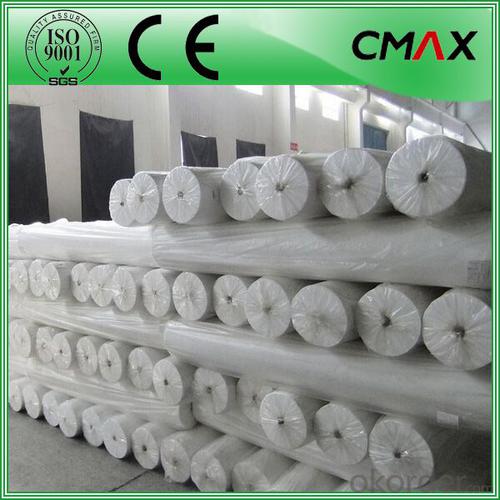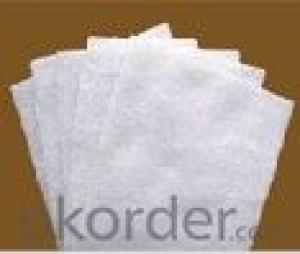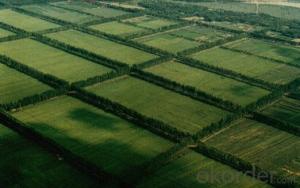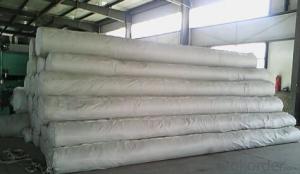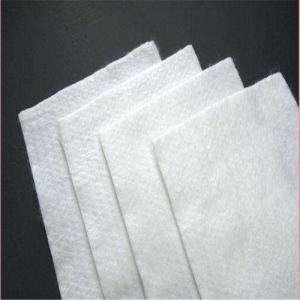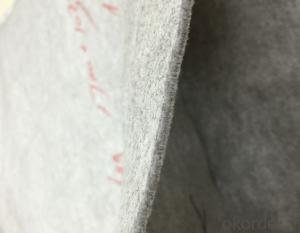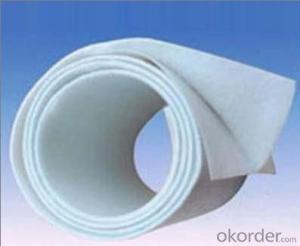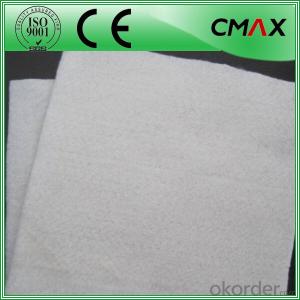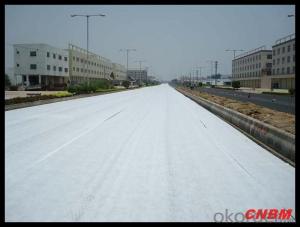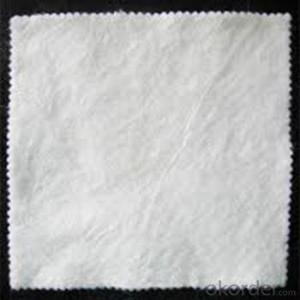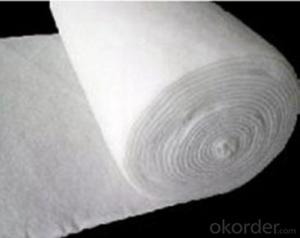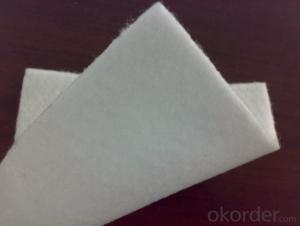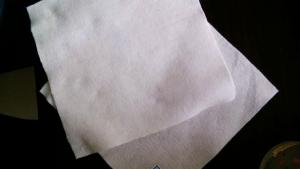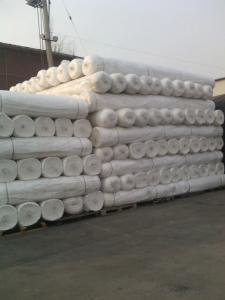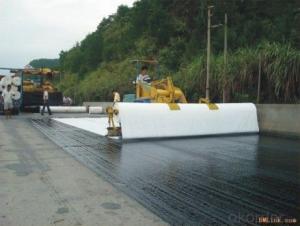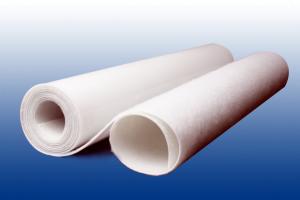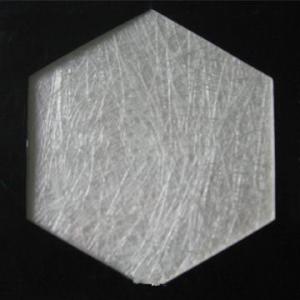Non Woven Geotextile Drainage Fabric - Geotextile Road Used Polypropylene Nonwoven Geotextile
- Loading Port:
- Wenzhou
- Payment Terms:
- TT or LC
- Min Order Qty:
- 100 roll
- Supply Capability:
- 20000 roll/month
OKorder Service Pledge
OKorder Financial Service
You Might Also Like
Geotextile Road Used Polypropylene Nonwoven Geotextile
Desciriptions:
Geotextile Road Used Polypropylene Nonwoven Geotextile are the preferred products for lining projects requiring low permeability , corrosion protection ,exceptional chemical and ultraviolet resistance properties ,which makes them extremely cost effective for many applications such as waste landfill , storage reservoirs ,canals , powr plants in energy
Characteristics:
Easy process and high output rates
Excellent distribution of carbon black
Consistent quality and low failure rate
Excellent resistance and good waterproof ability
Good welding
Details of our products:
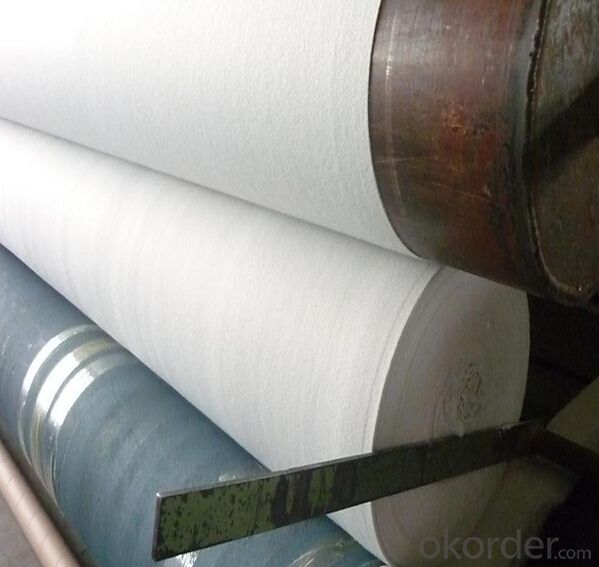
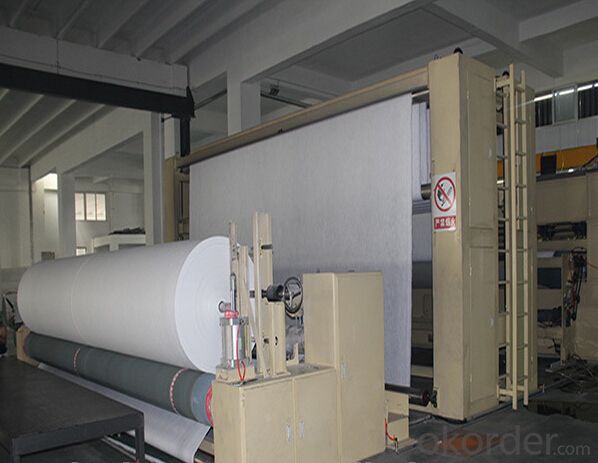
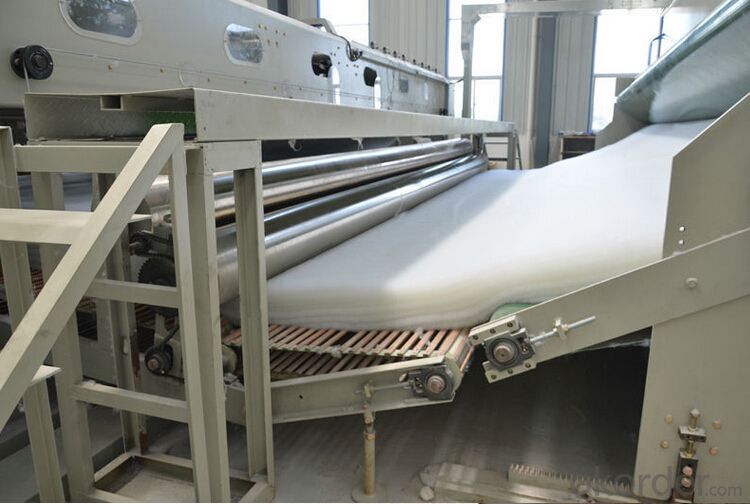
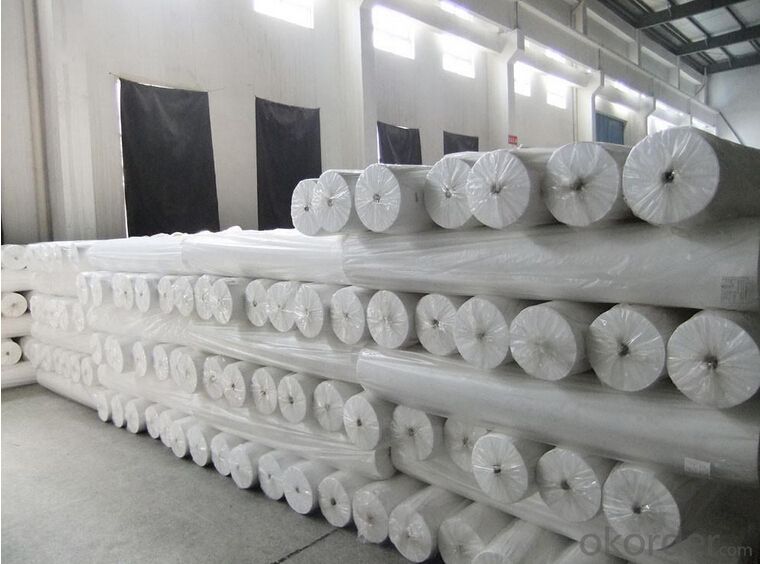
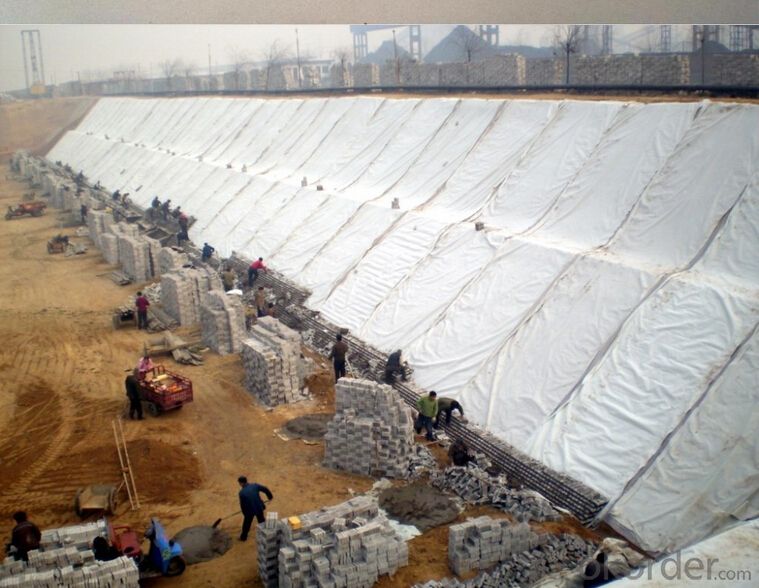
Produce process:
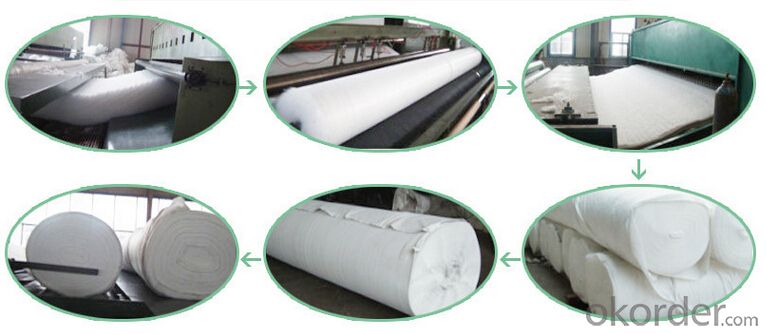
Applications:
1) Filtration :
The filtration layer of the dykes, river canal, seacoast, concrete slope, retaining walls. At the same time of preventing the clay granule from passing, it allows the water and the gas pass through freely.
2) Separation :
The isolation of the railway dregs and the roadbed, roadbed and the soft base, surface of the airdrome and parking lot and the groundsill, different dam materials. It isolates the soil and the gravel of two kinds different granule pathway from the groundsill or other buildings.
3) Adding muscle :
The highway, railway, soil-stone dam, breakwater, airport, backfill soil of retaining wall, slope protection, etc in which distributes the earth stress, prevents the side-displacement of the earth body and improves the earth body stability.
4) Protection :
It prevents the bank from being washed out, protects the bank and the bottom, prevents the water and soil from being washed away.
Packing and shipping:
♦ Packing:in plastic film bag(keep away from moisture) and PP bag or as your customize.
♦ Shipping:By sea or as your customize
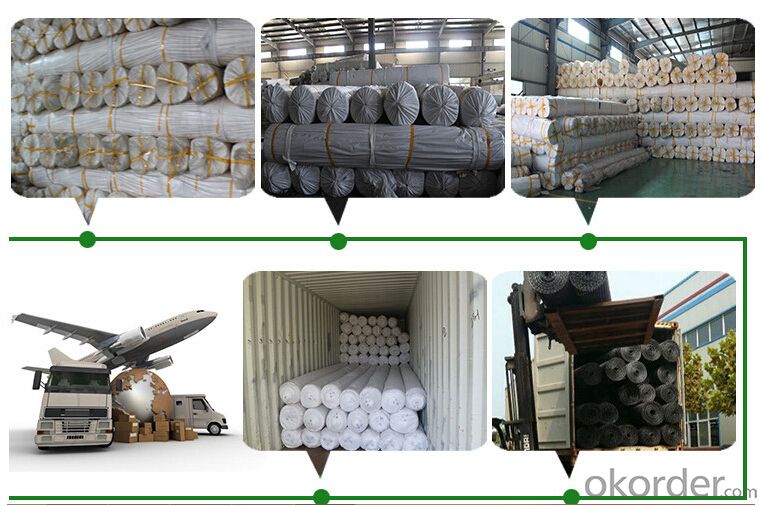
FAQ:
Q1: What is your minimum order quantity?
A:The minimum order quantity is 5000 ,but it is negotiable.
HDPE Geomembrane Price
Q2:What is your payment terms?
A: T/T,Western Union,Paypal,L/C...
HDPE Geomembrane Price
Q3:What is your delivery time?
A:Production time usually costs 2-20 days.
Waiting to cooperate with you!
- Q: Can geotextile skin be connected?
- Geotextile skin can be touched. Geotextile production of raw materials is polyester fiber, polyester has been widely used in daily life. Such as clothes are also a lot of polyester material. So do not worry, geotextile is not harmful to the human body.
- Q: Woven geotextile customs code is how much
- The answer was deleted by google
- Q: Geotextile is what is the role to play with what?
- Geotextile is the main role of reinforcement, filter, mostly used in landfills, water conservancy projects, composite geotextile or composite geomembrane (a cloth a film, two cloth a film, multi-cloth film) with anti Infiltration of the role, this time there is the role of geotextile protective film
- Q: Do you need to suture the lower geotextile of composite geomembrane?
- Need to suture, but the operation is more trouble.
- Q: Can plant roots penetrate geotextiles? Which kind of similar material can keep soil and water and let the plant roots pass through it?
- Of course. The roots of plants are omnipotent, and it has a strong vitality. It is small, but its power is infinite. It is also because it is small, it makes it seamless no omnipotent. It can wear the river across the sea, it can wear stone to break the ground, it is powerful you can not imagine, you do not see the cliffs on the grass, the king did not see the plow of the fern leaves!
- Q: How do geotextiles affect soil nutrient availability?
- Geotextiles can have both positive and negative effects on soil nutrient availability. On one hand, they can help retain nutrients in the soil by preventing erosion and leaching, thus promoting their availability for plant uptake. On the other hand, geotextiles can also impede nutrient penetration into the soil, potentially reducing their availability for plants. The specific impact of geotextiles on soil nutrient availability depends on factors such as the type of geotextile, its installation method, and the specific nutrient in question.
- Q: Are geotextiles biodegradable?
- No, geotextiles are not biodegradable.
- Q: What are the key considerations for geotextile installation in seismic zones?
- Some key considerations for geotextile installation in seismic zones include the selection of a high-quality and durable geotextile material, ensuring proper anchoring and securing of the geotextile to prevent displacement during seismic events, and considering the potential for liquefaction or soil settlement in the design and installation process. Additionally, it is important to assess the potential for ground shaking and ground displacement in the seismic zone to determine the appropriate geotextile specifications and installation techniques.
- Q: What are the advantages of using geotextiles in stormwater management systems?
- Geotextiles offer several advantages in stormwater management systems. Firstly, they act as a filtration barrier, preventing sediment and pollutants from entering water bodies, which helps maintain water quality. Secondly, geotextiles enhance the stability of soil and prevent erosion by providing reinforcement. They also promote water infiltration and reduce surface runoff, which aids in groundwater recharge. Additionally, geotextiles are cost-effective and easy to install, making them a practical choice for stormwater management. Overall, the use of geotextiles in stormwater management systems contributes to improved water quality, reduced erosion, and efficient water infiltration.
- Q: How do geotextiles compare to traditional construction materials?
- Geotextiles are an innovative alternative to traditional construction materials. Unlike traditional materials such as concrete or asphalt, geotextiles offer numerous advantages. They are lightweight, easy to install, and highly flexible, allowing for efficient and cost-effective construction. Geotextiles also provide excellent erosion control, soil stabilization, and drainage capabilities. Furthermore, they are environmentally friendly, as they allow for natural filtration and groundwater recharge. Overall, geotextiles surpass traditional construction materials in terms of versatility, durability, and sustainability.
Send your message to us
Non Woven Geotextile Drainage Fabric - Geotextile Road Used Polypropylene Nonwoven Geotextile
- Loading Port:
- Wenzhou
- Payment Terms:
- TT or LC
- Min Order Qty:
- 100 roll
- Supply Capability:
- 20000 roll/month
OKorder Service Pledge
OKorder Financial Service
Similar products
Hot products
Hot Searches
Related keywords
